Gold vermeil is the hot trend right now – and rightfully so. It’s perfect for people who want the classic gold look but don’t want to pay the classic high price. In order to better understand why gold vermeil is so popular right now, you need to know how it compares to other platings and even gold-filled itself. We’ve put together a quick guide for you, so keep reading.
Gold Vermeil
When it comes to jewellery, gold vermeil (pronounced ver-may) refers to when a piece of sterling silver is coated with gold. Sterling silver is always the base metal for vermeil jewellery, otherwise, jewellery with base metals other than gold would be considered filled or plated. The requirements differ depending on the country, but here in Canada, the government states the gold must be at least 10k in quality and 1 micrometre (0.001mm) in thickness. Want to see HOJ’s Vermeil? Visit our Dedicated Gold Vermeil Page by Clicking Here!

Gold Filled
Gold filled jewellery is another form of plating. Unlike gold vermeil, filled can be any kind of base metal, including sterling silver, brass, and copper. The government of Canada states that the gold layer must be at least 10k in quality, and the gold layer must make up at least 1/20th of the gross weight of the item.
When it comes to gold filled items, the base metal has to be soldered between two gold layers. This means that the base metal is essentially encased in gold. due to the nature of this process, some designs that are considered too complex aren’t able to be filled.
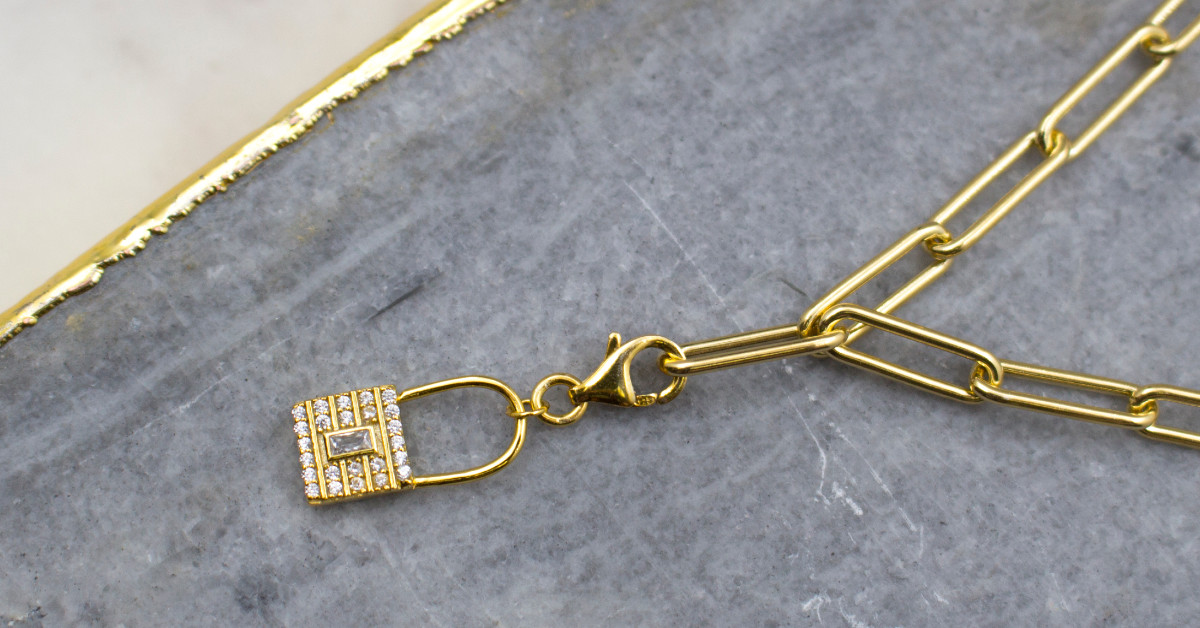
Gold Plated
For gold plated items, the base metal can consist of different metals, but in Canada, the gold must be at least 10k in quality. Much like filled items, gold plated has to be at least 1 micrometre.
The process of plating jewellery involves using electricity or chemicals to bond the gold to the base metal. This is why sometimes people refer to plating as electroplating.
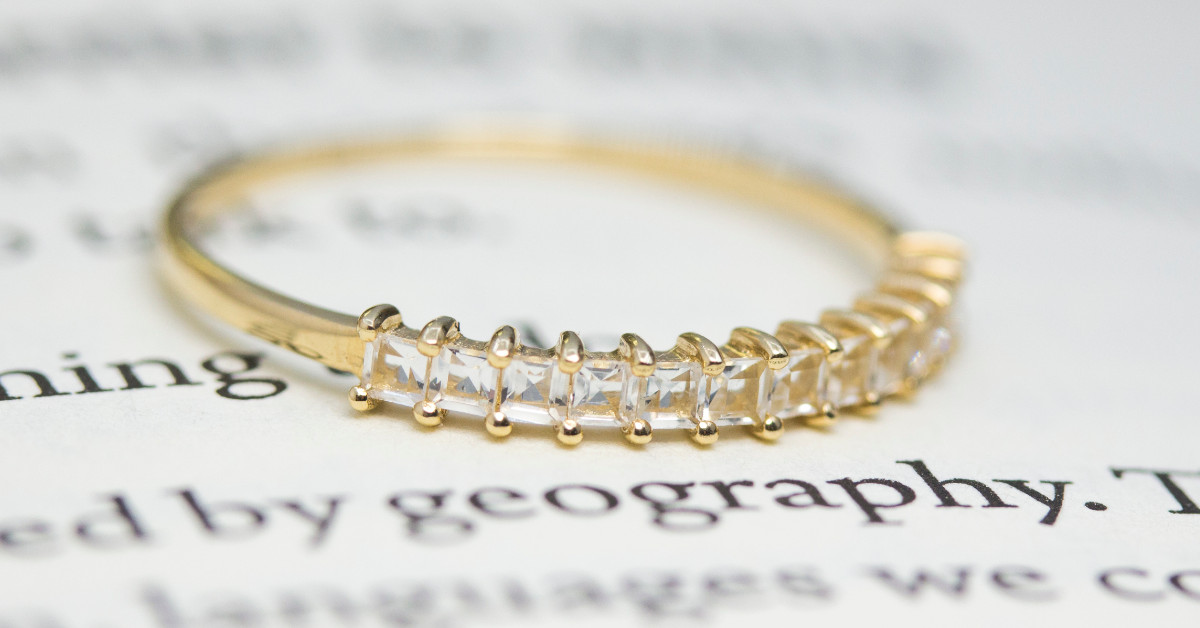
Karat Gold
When people talk about karat gold jewellery, it means that the item is made of gold – without a base metal. However, as you may have read in our previous blog post, gold jewellery can never be “pure” since it’s a soft metal. Making jewellery out of pure gold isn’t feasible since it wouldn’t maintain its form. Instead, gold is mixed with different alloys to make it stronger.
To tell how much gold is in an item, there is a system to determine the purity. 24k is the highest, meaning it’s 99.99% gold or higher. 6k is the lowest, being only 25% gold. The general standard in the market is between 10k and 20k (or, 41% and 83%).
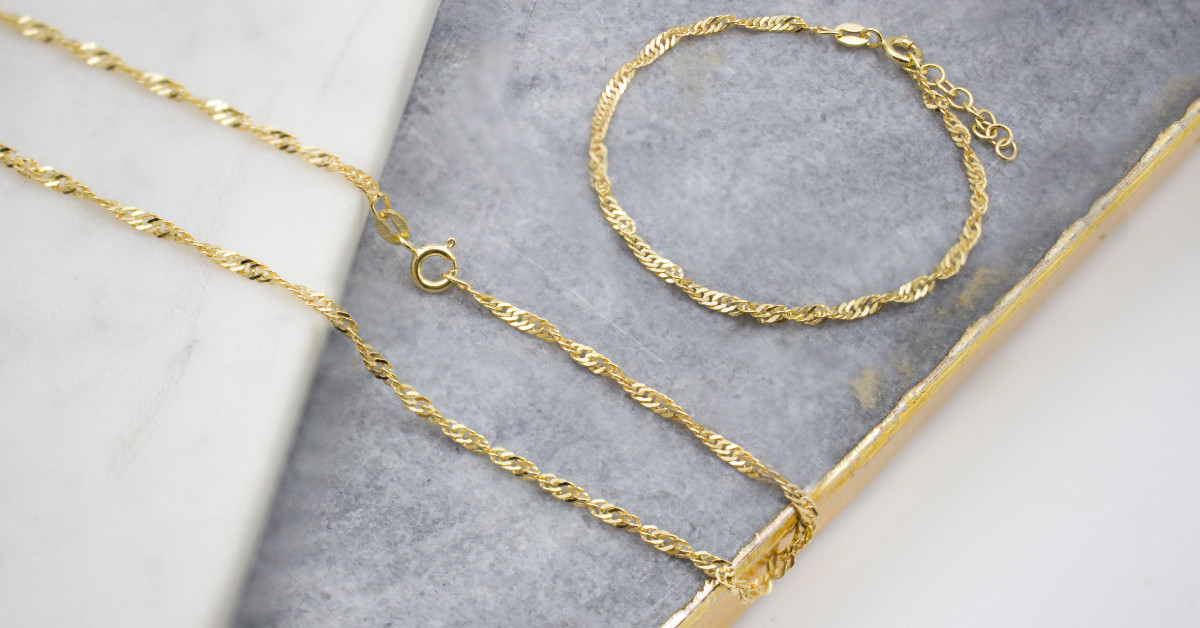
What Does it All Mean?
In the end, gold vermeil, filled, plated, and karat gold are all viable options for people. It depends on what your budget is and what your customers are requesting. No matter which you choose, we advise that you remind your clients to take care of their jewellery:
- Don’t get jewellery wet (through exercise or showering).
- Don’t wear jewellery while applying perfumes.
- Keep jewellery in a jewellery box or other proper container when not in use.
- Use a soft cloth when polishing it to ensure it’s clean and won’t get scratched.
- If it needs to be washed with water, always pat it dry. Never let jewellery air dry.
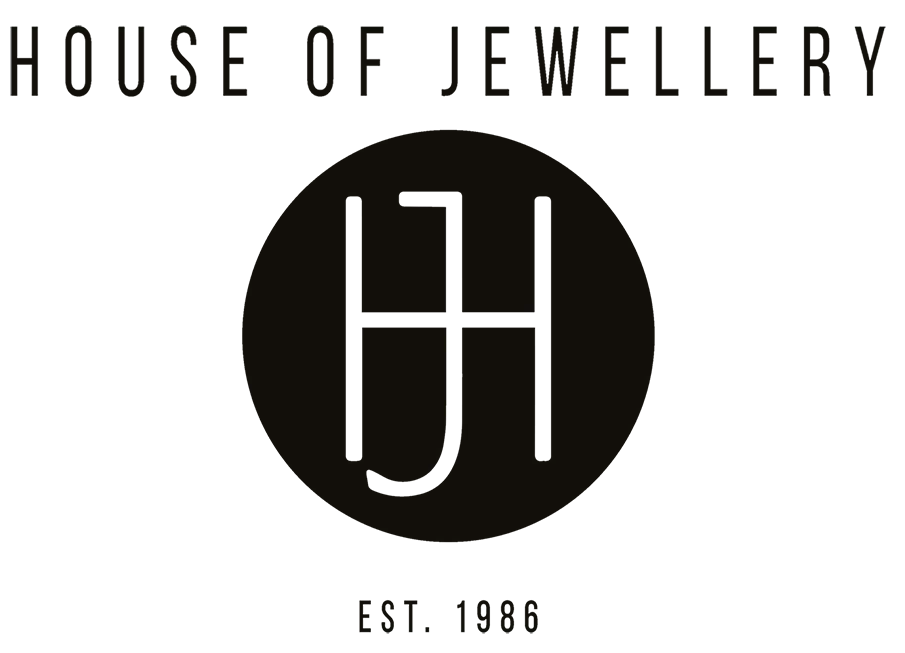
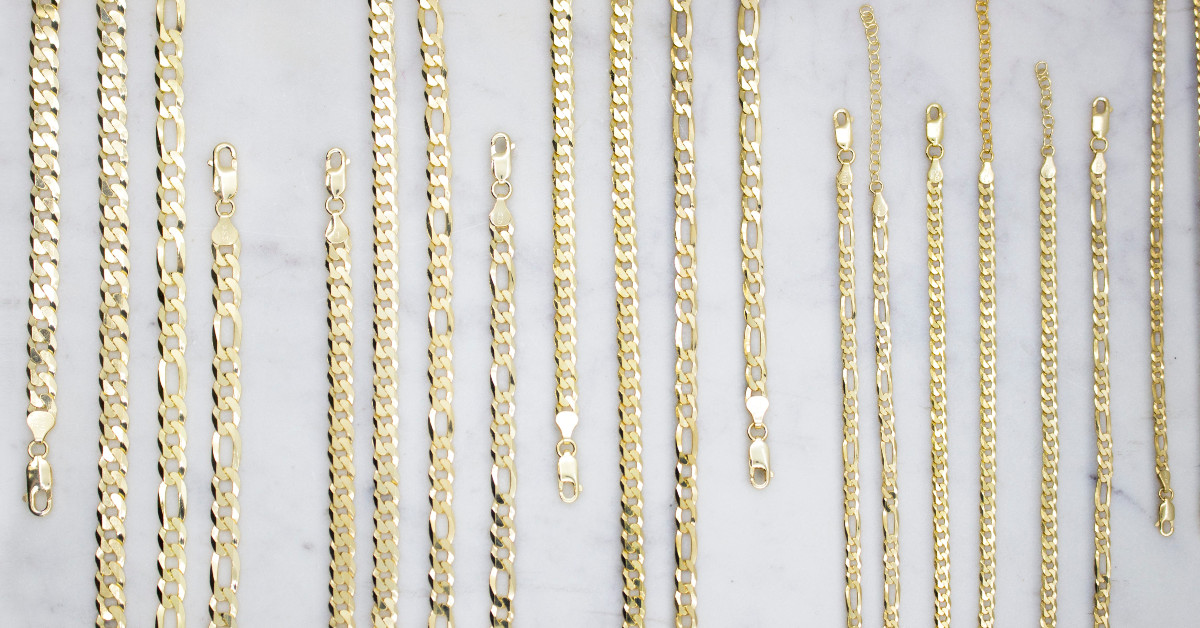
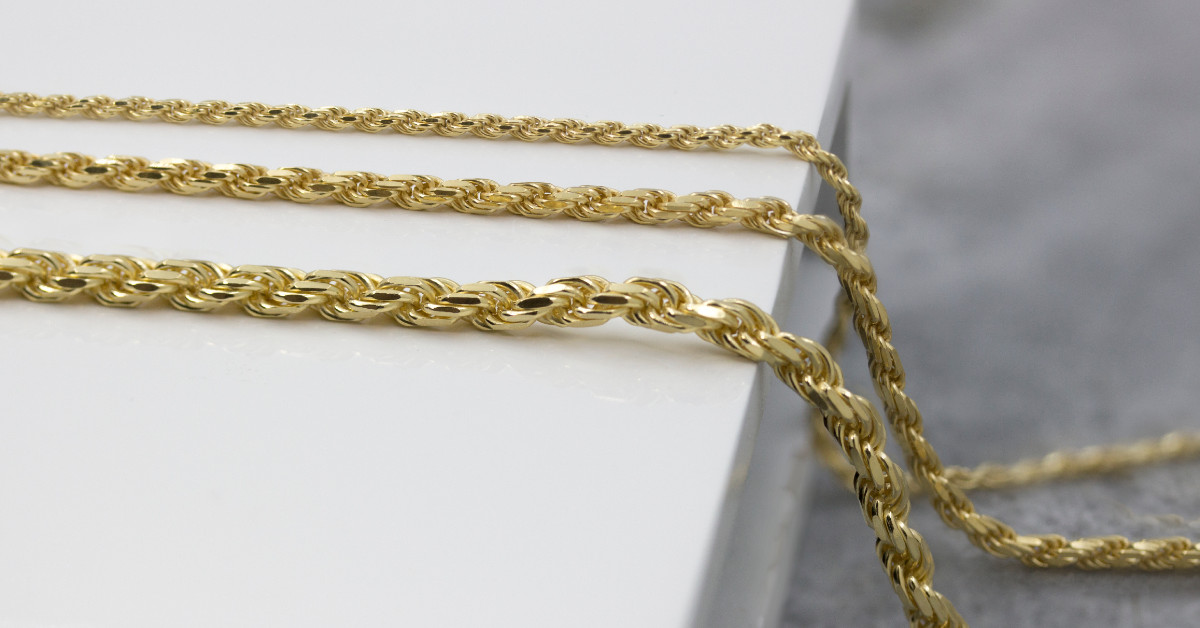


One thought on “Gold Vermeil: What is it and How Does it Differ From Other Gold Platings?”